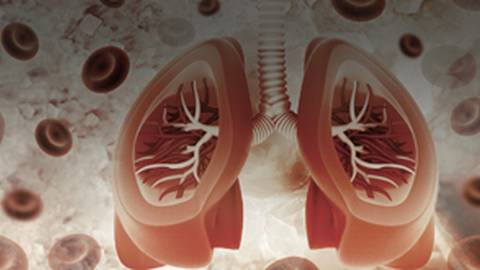
Understanding the mechanisms of disease has dramatically shifted our therapeutic strategies and methods of patient stratification when treating asthma. The advent of new clinical biomarkers, differential understanding of phenotypes and endotypes, and the introduction of biologics has come with questions of patient selection and suitability for novel treatment strategies. This activity combines the powerful impact of artistic design, infographic presentation, and scientific expertise to deliver the latest in asthma pathophysiology, disease heterogeneity, and biomarker understanding to help inform optimal treatment selection.
Upon completion of this activity, participants should be better able to:

Past-President, American College of Allergy, Asthma & Immunology
Medical Director, Capital Allergy & Respiratory Disease Center
Sacramento, CA
Featured RMEI CE Activities – Earn CE Credit(s)
Stay up to date with the latest RMEI CE Activities and receive Exclusive Medical Education Resources